The automotive glass industry is undergoing significant changes as vehicles evolve from mere transportation tools to 'third living spaces'. Consumers' demands for light, temperature, and privacy within vehicles are rapidly increasing. Consequently, automotive glass is continuously upgrading around the themes of 'light' and 'electricity', leading to smart dimming glass transitioning from a high-end feature to a more widespread option. Additionally, automotive glass is evolving into a 'smart interactive entry point', becoming an integral part of intelligent cockpits. Reports indicate that industry players agree that smart glass has shifted from being a concept car 'black technology' to a 'standard feature' in the era of new energy vehicles, showcasing trends towards interactive intelligence and functional integration.
Currently, panoramic sunroofs are becoming a common option in new car configurations, with domestic passenger cars showing an average penetration rate of 75.03% for panoramic sunroofs in the first quarter of 2025, amounting to over 3.7 million units installed. As panoramic sunroofs become standard in passenger vehicles, a more advanced sunroof technology—light-sensitive skylights—is also beginning to emerge in the market. Light-sensitive skylights utilize dimming technology to adjust light transmittance, change colors, and provide heat insulation, aligning perfectly with the development direction of new energy vehicles, which prioritize high integration and lightweight design.
At the 2025 Automotive Smart Glass Innovation Technology and Application Conference, it was highlighted that the growth of light-sensitive skylights can be attributed to two main factors: the need for sunshade and heat insulation due to the increased use of large glass in vehicles, and the shift in consumer demographics with younger buyers aged 25-35 seeking high-tech features in cars. Thus, the demand for dimming skylights is rising to enhance interior lighting and improve the driving experience.
Smart dimming glass is becoming a key selling point in various popular models. For instance, the Zeekr 001 features smart dimming glass with a shading rate between 83.5% and 99.5%, and the Zeekr 007GT offers an optional EC light-sensitive skylight with a light transmittance as low as 0.15%, blocking 99.99% of UV rays. Additionally, the Xiaomi Yu7 sedan, which received over 200,000 pre-orders within just three minutes of its launch, boasts an advanced EC dimming glass that offers a maximum shading rate of 99.85% and an SPF equivalent of 100+.
Industry insiders believe the market for dimming glass is growing, and as domestic glass manufacturers enhance production capacity and upgrade standards, manufacturing costs are expected to decrease. This will allow panoramic dimming skylights to transition from high-end flagship vehicles to more economically accessible models. Furthermore, the demand for emotive value in vehicles is becoming a new battleground for automakers, with automotive glass playing a crucial role in conveying user emotions.
In conclusion, as the transformation of the new energy vehicle industry deepens, automotive glass is rapidly evolving from a traditional functional component into a smart interactive interface. Dimming glass is penetrating from high-end models into the mainstream market, becoming a new highlight for automakers to differentiate themselves, especially in terms of emotional value. In the future, as costs decrease and technology matures, dimming glass is set to become standard in more models, powering the comprehensive evolution of the next generation of intelligent cockpits and driving the automotive industry towards becoming a 'third living space'.
Automotive Glass Transforms into Smart Interactive Interface Amid Industry Changes
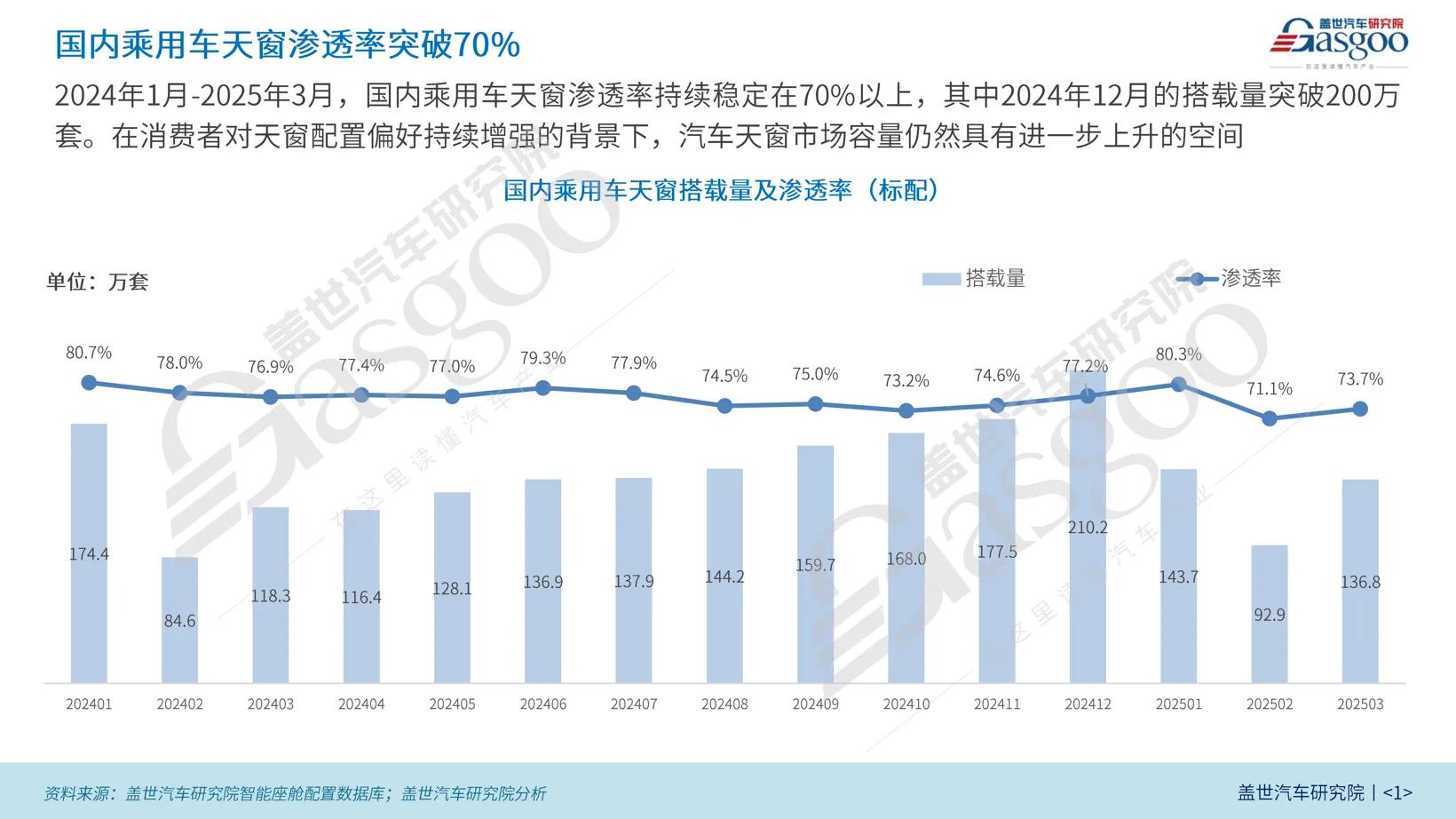
Images
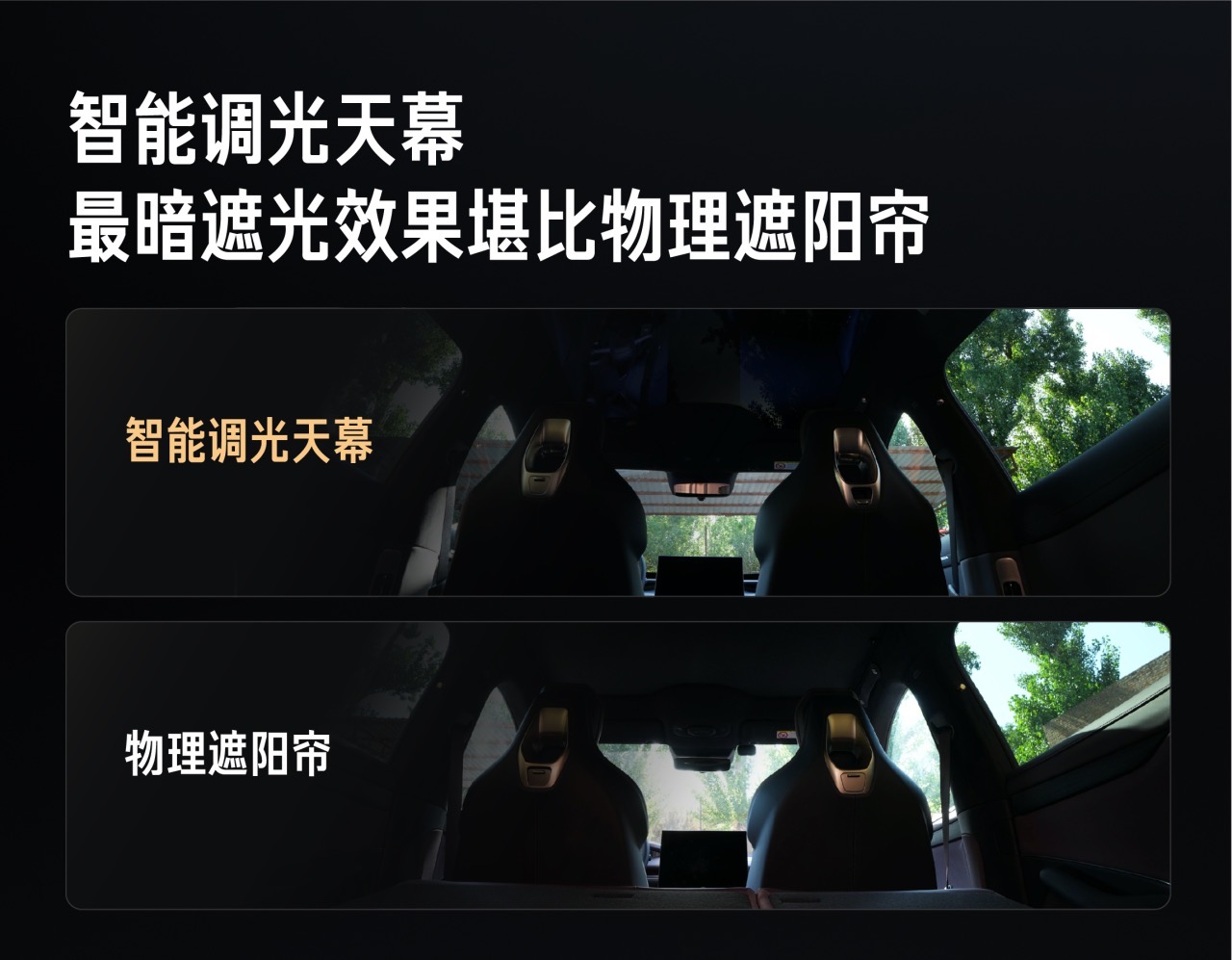
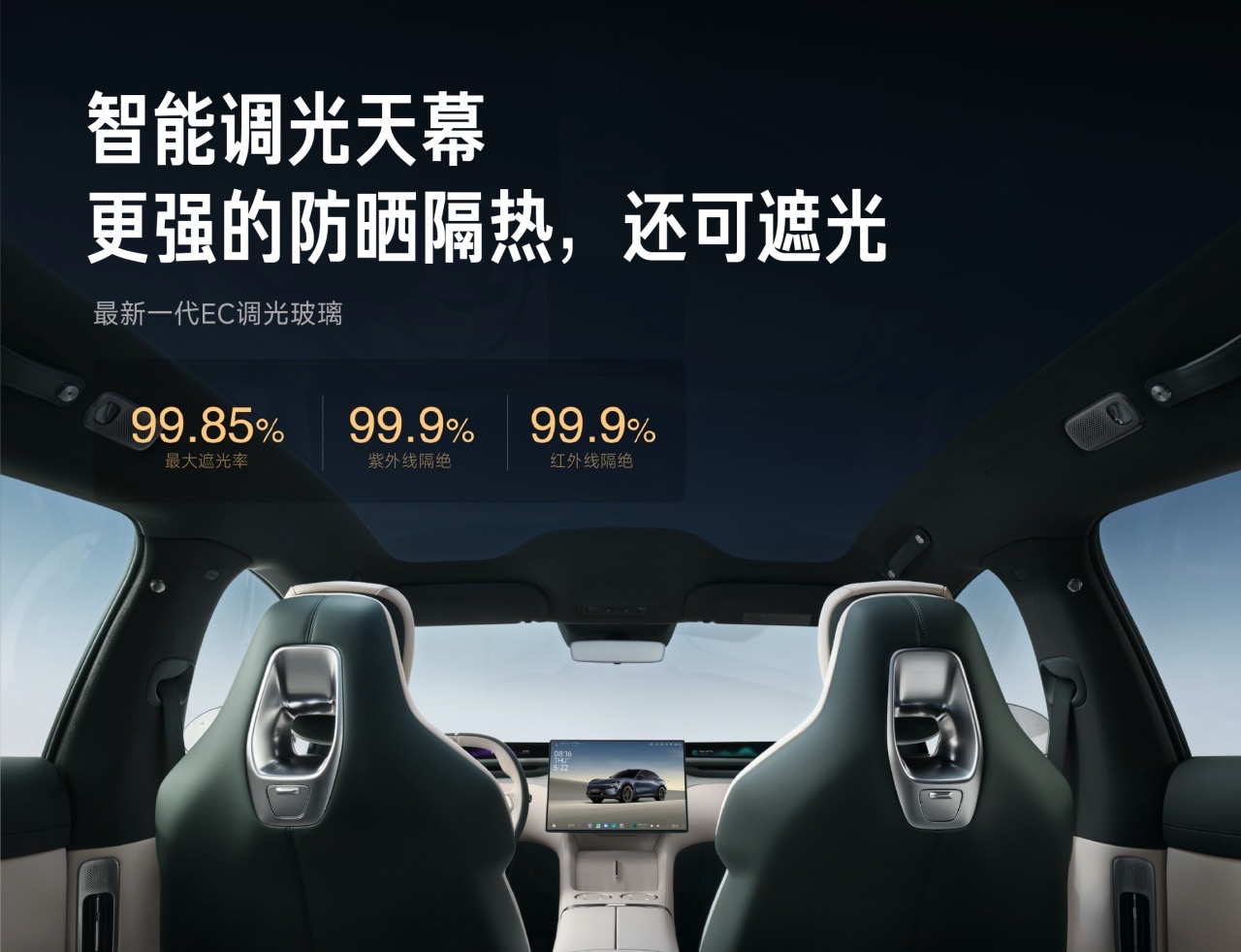
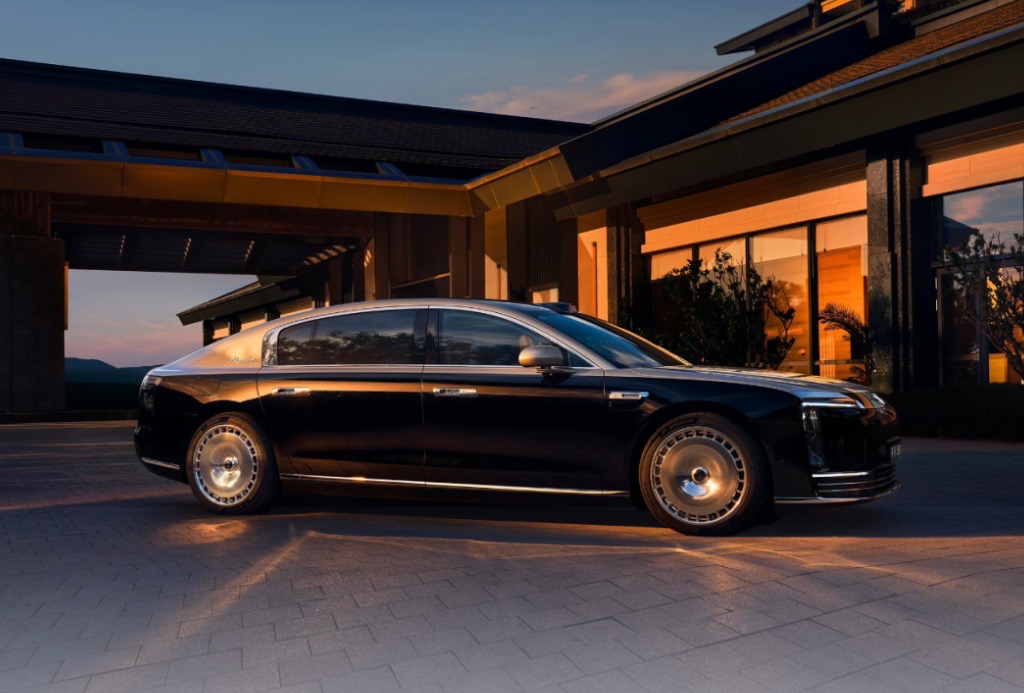
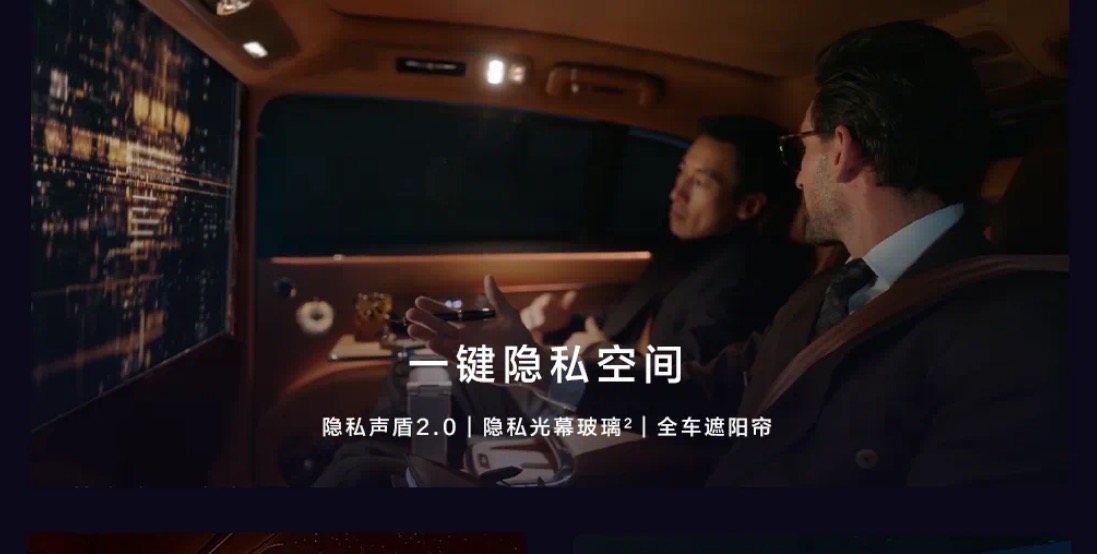

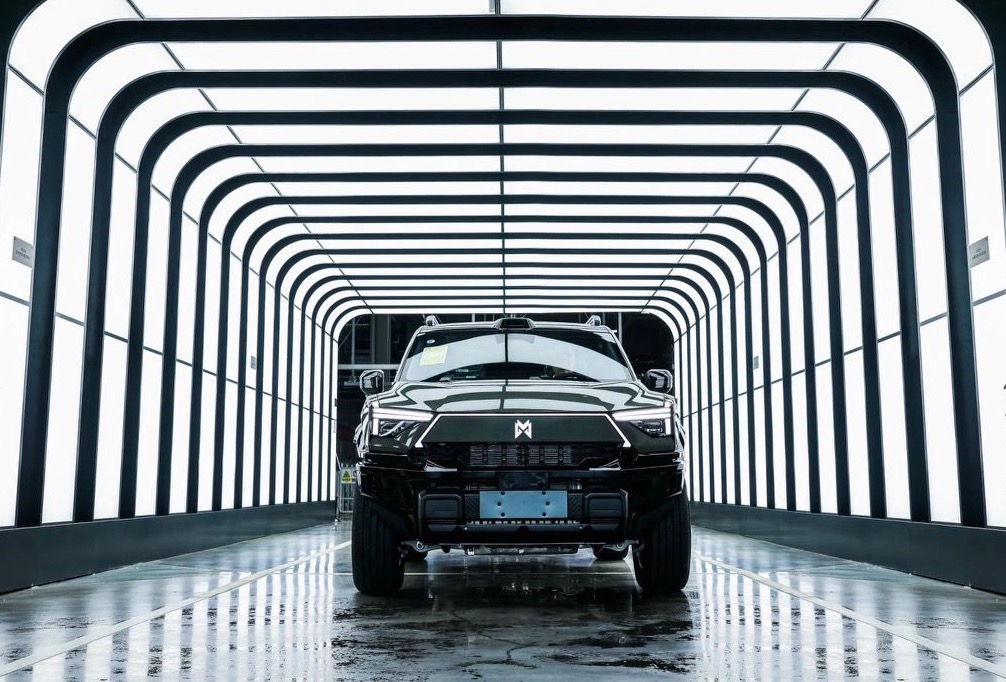
Share this post on: